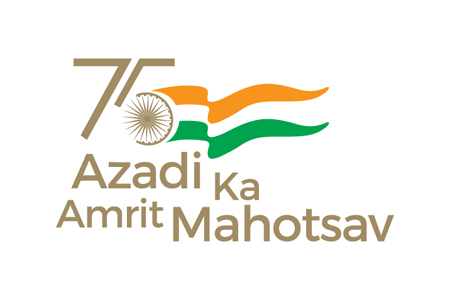Crisis Grips Indian Textile Industry: Echoes of the Past

12 December 2023, Mumbai
A wave of closures and distress engulfed the Indian textile industry, mirroring the bleak landscape of the late 1960s.
Dismantled machinery finds its way to scrap yards, as witnessed by Coimbatore's foundry owner, Sivakumar. In Somanur, weaver Kandasamy reports the monthly sale of over 10 looms within his village alone.
Nuanced View
Thulasidharan, head of the Indian Cotton Federation, paints a grim picture of the predominantly MSME-driven sector.
Factories across the textile value chain are shutting down, selling off equipment, or even resorting to land sales to merely survive. Reduced work hours impact worker wages, while the textile and apparel share of the Index of Industrial Production plummets alarmingly.
Andhra Pradesh paints a similar picture, with P. Koti Rao, leader of the A.P. Textile Mills Association, reporting the closure of 8-9 mills.
Soaring cotton prices, rising electricity bills, and a lack of government support threaten to push more mills towards closure.
This crisis is further compounded by sluggish domestic and international demand. Domestic demand remains stagnant, textile exports decline, and apparel exports experience concerning negative growth.
Several factors contribute to the industry's woes:
Rising Raw Material Costs: Raw materials (fibre), constituting 60-70% of production costs, have witnessed a dramatic surge, eroding the industry's competitiveness. Cotton prices are particularly volatile, with a decline in domestic production and yield exacerbating the issue.
Quality Control Orders (QCO) on Man-Made Fibre (MMF):
The implementation of QCO creates hurdles and additional costs for MMF textile producers.
Unfettered Garment Imports: unchecked garment imports further disadvantage domestic manufacturers, making it difficult to compete.
Need of hour
The Indian textile and clothing sector stands at a critical juncture. Urgent attention and targeted solutions are needed to address these multifaceted challenges and ensure the industry's future.
The collective effort of stakeholders, including the government, is crucial to creating a supportive environment that fosters growth and allows the sector to regain its competitive edge.
5 Key Insights :
- Looms Abandoned: Closures and despair mark the industry, mirroring the 1960s crisis.
- MSME Meltdown: Factories shut, equipment sold, survival a struggle for small textile players.
- Costly Cotton: Soaring prices and declining yield erode competitiveness.
- **Unfair Competition:**Unchecked imports and QCO hurdles disadvantage domestic producers.
- Urgent Action Needed: Collective effort crucial to revive the industry at this critical juncture.
Latest Publications

































